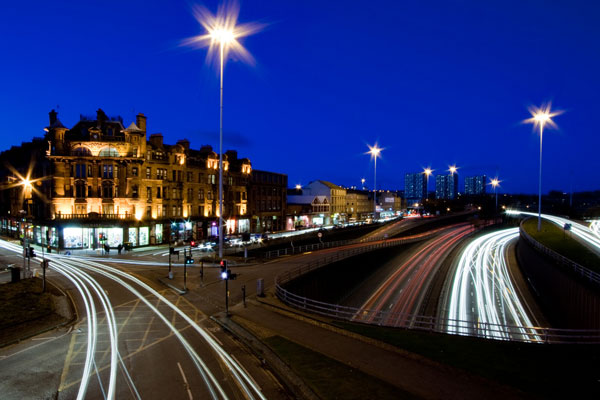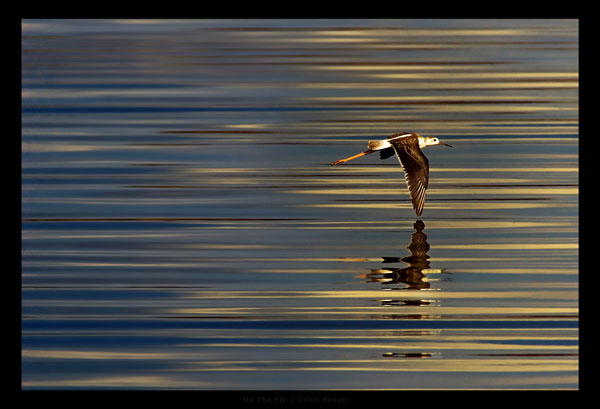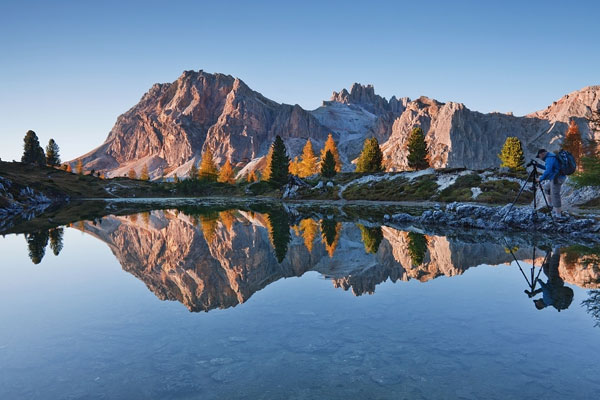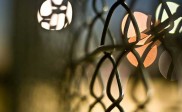Reasons to Turn off Your Autofocus
Autofocus is not always a reliable option when shooting certain photographs. There are certain situations that give reasons to turn off your autofocus:
Contrast levels
The camera’s autofocus finds it difficult to focus on plain surfaces and fine textures. This especially applies for cameras that use passive autofocus sytems, which look for contrast or light areas. Even with digital cameras that have active autofocus systems, which use an infra-red beam, you are not guaranteed to get the focus you want when there is not enough contrast.
Light intensity
In low light, contrast is also low. Cameras that use passive autofocus find it difficult to focus with low light as it relies on contrast and light. You may use the AF assist lamp to solve the problem. If this fails, your best option will be to manually focus the lens on your subject.

DarkestIvy
High Dynamic Range photography
In HDR photography, you intend to take three identical shots of one scene, but at different exposures; overexposed, underexposed and normal exposure. These three shots are then blended using a computer to provide details in highlights, midtones, and shadows. In order to successfully blend the shots, you need to have an identical focus in each shot. If your AF is on, it may produce a different focus for each shot.
Rule of thirds photography
Cameras that have fewer focus points usually fix the autofocus spot in the central area of the viewfinder. This means that if you are shooting using a tripod stand, any subject that falls out of the central area will not be picked up in that shot. In such a case, it is easier to use manual focus to get all your subjects in the shot.
Landscape shooting
When taking landscape shots, you want to achieve hyperfocal distance, which captures foreground to infinity subjects. To do so, you need to shut down the aperture in order to increase depth of field. Once you have focused on the right spot, switch off the autofocus. Failure to do so will cause the camera to re-focus when you press the shutter.
Shooting through glass
Where possible, avoid shooting through glass. Still if you must, for example if shooting fish in an aquarium, you need to turn off your AF as it may capture objects that are closest to the focus such as reflections and any marks on the glass.
Wildlife photography
Most animals and birds have excellent hearing. This is the reason why you should turn off your AF as any slight noise from your lenses may spook them causing them to run for cover. To capture great wildlife shots, you need to manually focus your lenses to avoid such unwanted noises.
Panning

On The Fly by Gilad
When shooting a fast moving subject, the zone options of a camera’s AF may fail to keep the object in focus. Manually pre-focus your camera at the point where your subject will pass. You may also switch to manual mode in order to produce pin-sharp photos.
Portraiture
In portraiture, focus is on the subject’s eyes. AF can accidentally focus on other facial features of the subject such as their eyebrows. This problem can be eliminated with manual focusing, which gives an added advantage of a wide aperture that keeps the background out of focus.
Macro lenses

Lasius Flavius by Leon Baas
Macro lenses are used when shooting fast-moving insects. Such shooting is done on a close range, which makes it almost impossible to use autofocus as the depth of field is too tiny.




